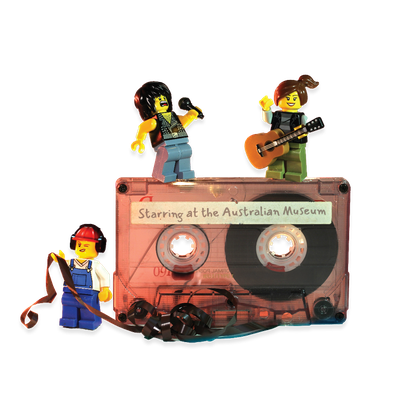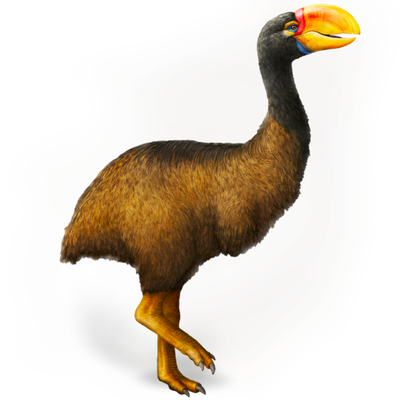Your search returned 2644 results
By Page Type
By Tag
- fish (966)
- blog (696)
- fishes of sydney harbour (401)
- First Nations (299)
- Blog (236)
- AMRI (169)
- archives (164)
- Eureka Prizes (146)
- Aboriginal and Torres Strait Islander (135)
- insect (126)
- Ichthyology (124)
- geoscience (109)
- minerals (102)
- climate change (100)
- podcast (94)
- Fish (91)
- Anthropology (89)
- International collections (80)
- Minerals Gallery (78)
- wildlife of sydney (78)
- Labridae (77)
- frog (74)
- gemstone (70)
- photography (66)
- history (64)
- Mollusca (60)
- gem (59)
- staff (59)
- Birds (56)
- Gems (56)
- Indonesia (56)
- education (56)
- shark (55)
- AMplify (54)
- people (53)
- earth sciences (50)
- exhibition (50)
- past exhibitions (50)
- Gobiidae (48)
- sustainability (46)
- Pomacentridae (45)
- Serranidae (44)
- lifelong learning (42)
- science (42)
- Earth and Environmental Science (41)
- Syngnathidae (41)
- Ancient Egypt (40)
- Bali (40)
- bird (40)
- dangerous australians (40)
-
Waterlogged and weary but wowed!
https://australian.museum/learn/news/blog/waterlogged-and-weary-but-wowed/Marine biodiversity of the Southwest Pacific amazes.
-
The impact of a disease on Southeast Asian frogs: a first look
https://australian.museum/learn/news/blog/the-impact-of-a-disease-on-southeast-asian-frogs-a-first-look/A potentially deadly pathogen is infecting frogs in Vietnam, but is it causing frog population declines?
-
The Molong Meteorite – a visitor from outer space.
https://australian.museum/learn/news/blog/the-molong-meteorite-a-visitor-from-outer-space/A story about a meteorite from the central west of NSW that has been part of the Australian Museum collection for 83 years.
-
New book seeks paradigm shift in wildlife management
https://australian.museum/learn/news/blog/new-book-seeks-paradigm-shift-in-wildlife-management/One of the greatest challenges currently facing wild animal and plant populations is tackled in a new book.
-
Into the deep end – snail systematics on the ocean floor
https://australian.museum/learn/news/blog/into-the-deep-end-snail-systematics-on-the-ocean-floor/AMRI researchers have started on a three-year project to unravel the mysteries of the turrid gastropods of the Australian deep sea.
-
Who is that stylish woman?
https://australian.museum/learn/news/blog/who-is-that-stylish-woman/The second woman to be employed on the scientific staff of the Australian Museum.
-
Museum Adventures
https://australian.museum/learn/news/blog/museum-adventures/Discovery at the Australian Museum was brought to a whole new level during my week of work experience.
-
Woppaburra people of the Keppel Islands
https://australian.museum/learn/news/blog/woppaburra-people-of-the-keppel-islands/This year I have been working closely with the Woppaburra Land Trust.
-
AMplify episode 33: Sharni Jones, Manager - Aboriginal & Torres Strait Island Collection
https://australian.museum/learn/news/blog/amplify-ep-33/AM Director and CEO Kim McKay talks to Sharni Jones, Manager, Aboriginal & Torres Strait Island Collection at the Australian Museum.
-
Spiders: Myth or Fact?
https://australian.museum/learn/news/blog/spiders-myths-and-facts/Is Daddy-long-legs really the most venomous spiders in the world? Are spiders faster than humans? Do all spiders bite? Let's find out.
-
Discover more
2025 Australian Geographic Nature Photographer of the Year
Special exhibition
Free entry
Now open -
Discover more
Unfinished Business
Special exhibition
Free entry
Now open -
Find out more
Surviving Australia
Permanent exhibition
Free entry
Now open![]()
-
Find out more
Burra
Permanent kids learning space
Free entry
10am - 4.30pm![]()
-
Discover more
Minerals
Permanent exhibition
Free entry
Open daily![]()





